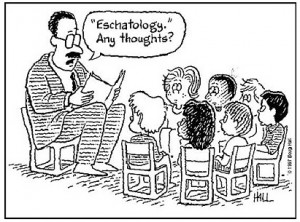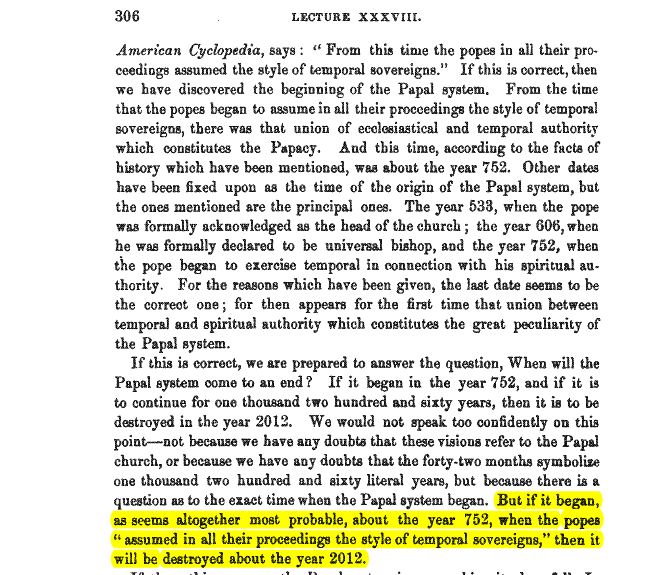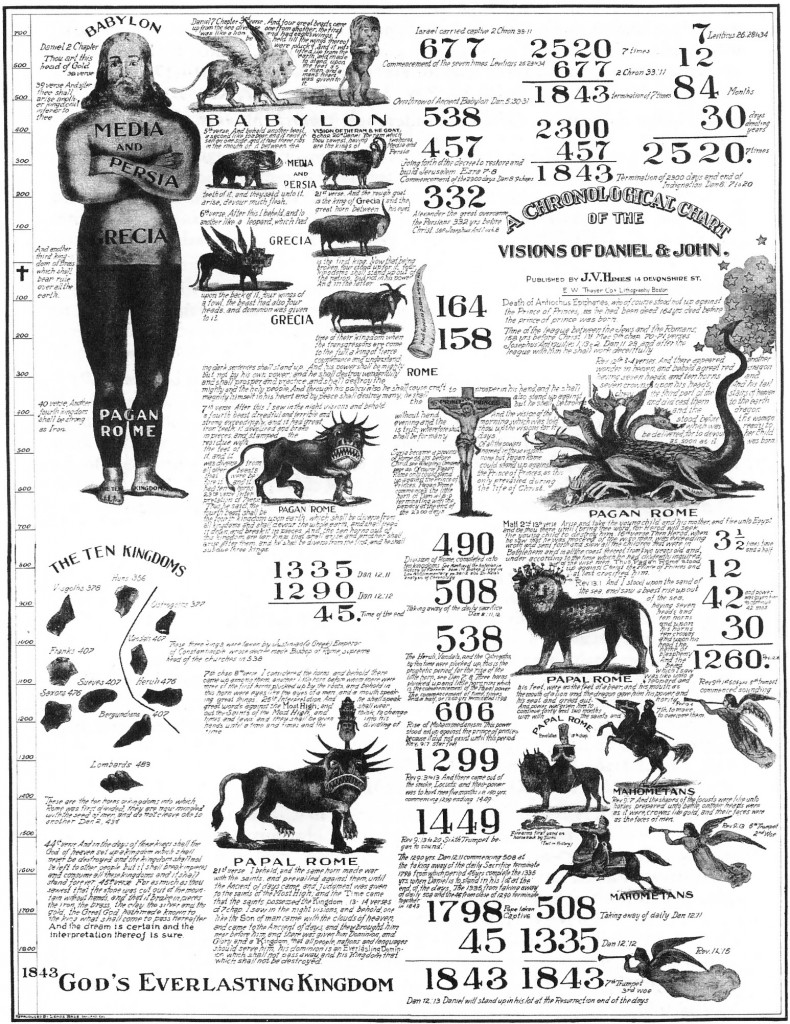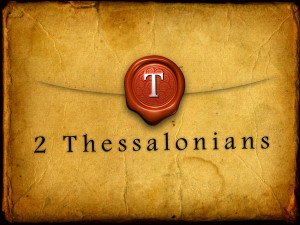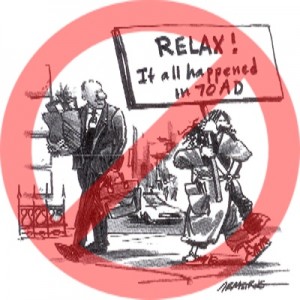 There are a good deal of sincere well meaning biblical scholars that place the majority of events described in Matthew 24 and the book of Revelation back in the first century. I am going to make this a running series that I will add to as time goes by. Each post will just add another nail in the coffin of what I believe to be an impossible interpretation. It seems they fail to realize the distinction between Luke 21 and Matthew 24. Those passages are clearly speaking to distinct events and are even set in different locations.
There are a good deal of sincere well meaning biblical scholars that place the majority of events described in Matthew 24 and the book of Revelation back in the first century. I am going to make this a running series that I will add to as time goes by. Each post will just add another nail in the coffin of what I believe to be an impossible interpretation. It seems they fail to realize the distinction between Luke 21 and Matthew 24. Those passages are clearly speaking to distinct events and are even set in different locations.
Today’s reason is Jesus’ description of a great tribulation period, “For then there will be great tribulation, such as has not been from the beginning of the world until now, no, and never will be.” (Mt 24:21) Because even partial preterists place the abomination of desolation mentioned just above this passage (Mt 24:15) in the first century, they must put this time back then as well. But was the Jerusalem war of AD 70 the worst tribulation in history? Worse than the two World Wars? Worse than the holocaust? To avoid the clear implications of this text, our preterist friend switches to Luke:
Certainly no one would minimize those later tribulations — but a couple of clues work against such an argument. First of all, note Luke’s “translation” of this verse:
Luke 21:24 And they shall fall by the edge of the sword, and shall be led away captive into all nations: and Jerusalem shall be trodden down of the Gentiles, until the times of the Gentiles be fulfilled.
Our proponent offers no comment at all on this verse, which clearly shows that Luke anticipated a fulfillment in terms of Jerusalem only — the final Diaspora, and the trodding down of Jerusalem by the Gentiles.
But this is not exegesis of the Matthew passage at all. One need not address the Luke passage because Luke 21 and Matthew 24 are clearly not the same teaching by Jesus. This reveals an over reliance on liberal scholarship. I suppose I need to establish this in detail with my next post. But for now, note that if Matthew 24:15 occurred in AD 70 then the preterist necessarily holds that either the events of AD 70 have been unprecedented or the Bible is in error. The law of excluded middle applies. Matthew records Jesus as saying, “such as has not been from the beginning of the world until now, no, and never will be.” Seriously folks! They would have us swallow that either the Romans sacking of Jerusalem was worse than World Wars I and II, the holocaust and the nuclear annihilation of Hiroshima and Nagasaki …or perhaps that Jesus was mistaken? Now that’s absurd…
It seems to me the preterist is mistaken.

